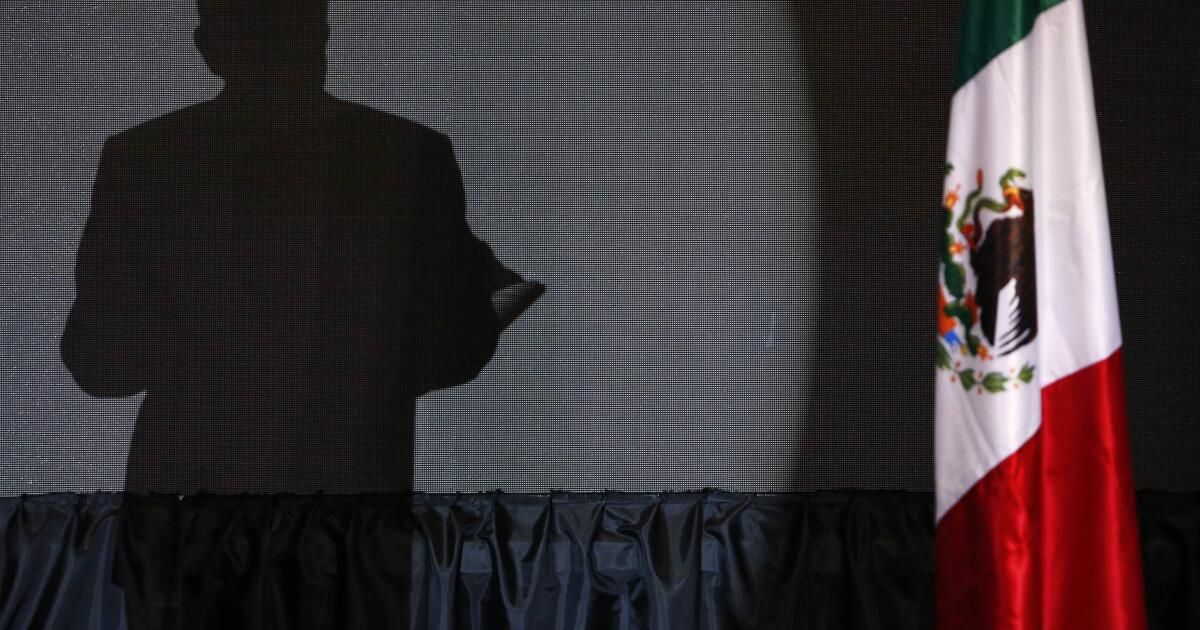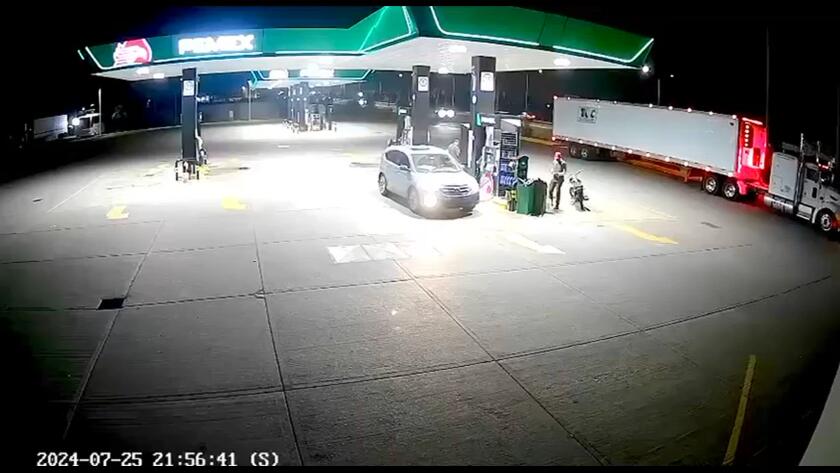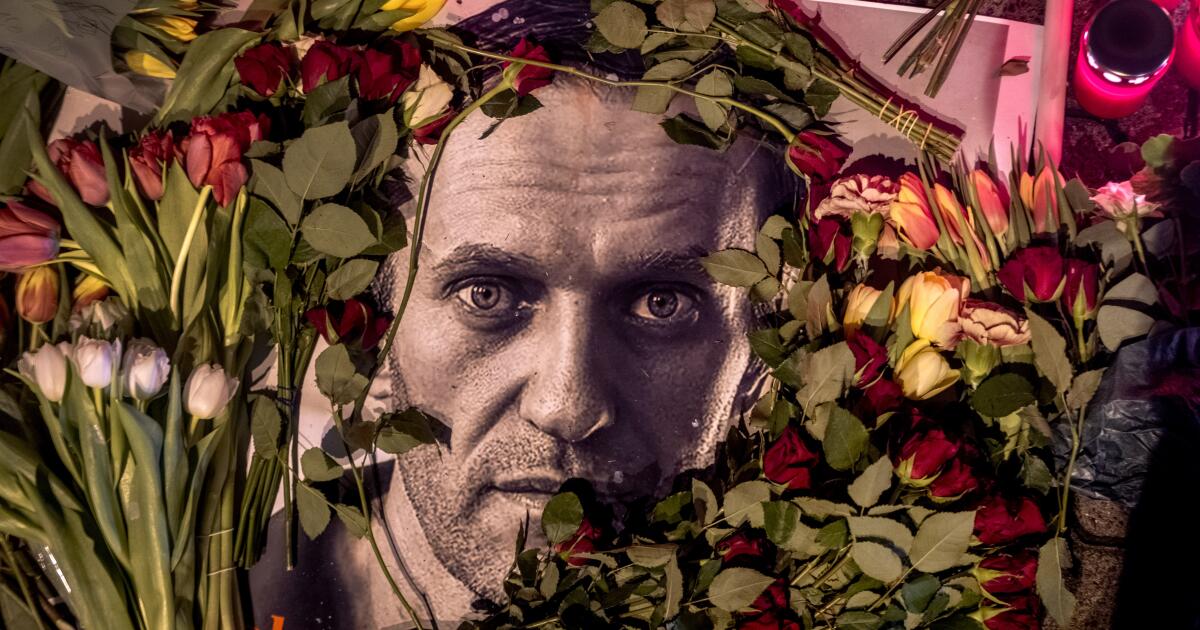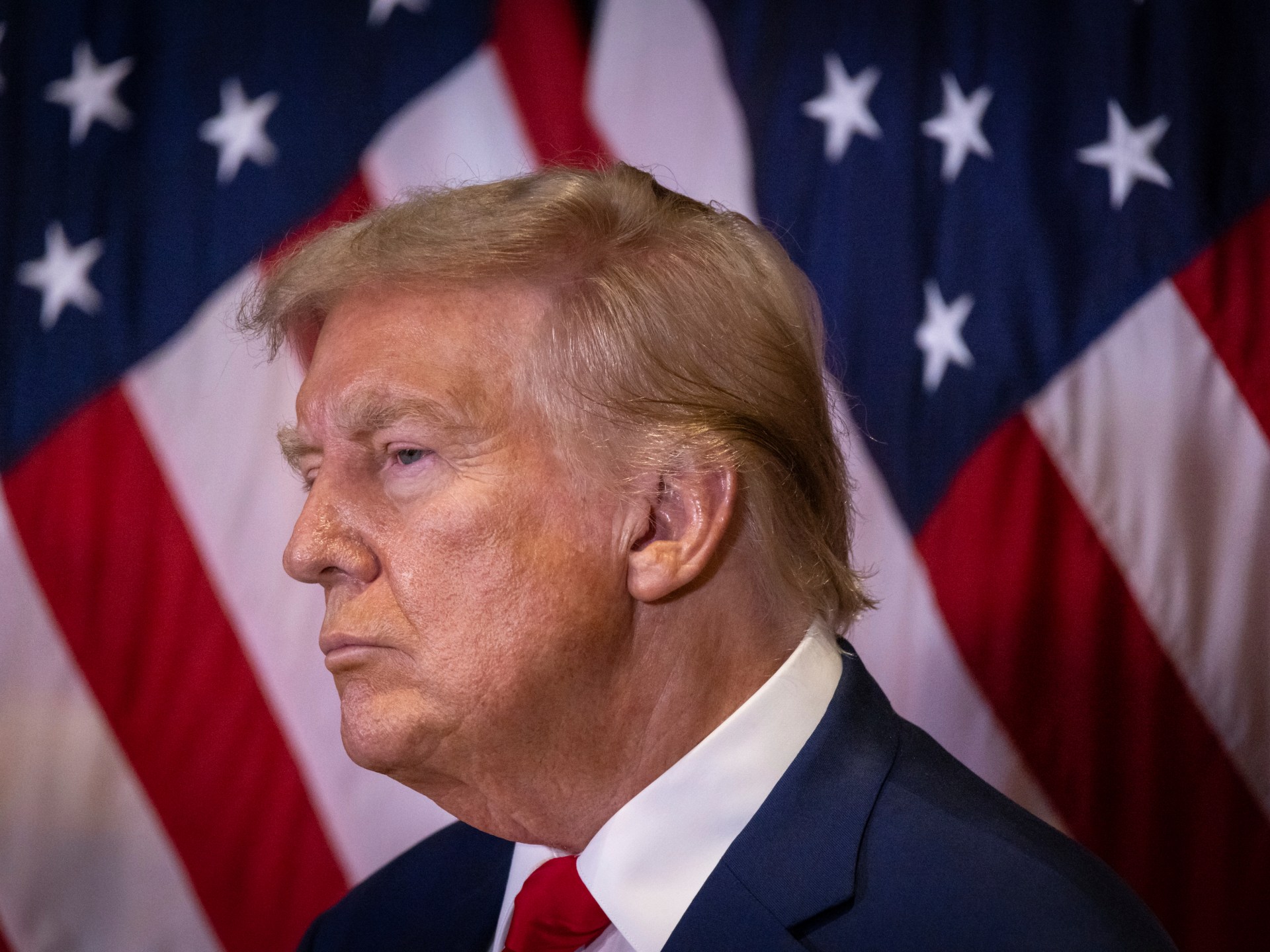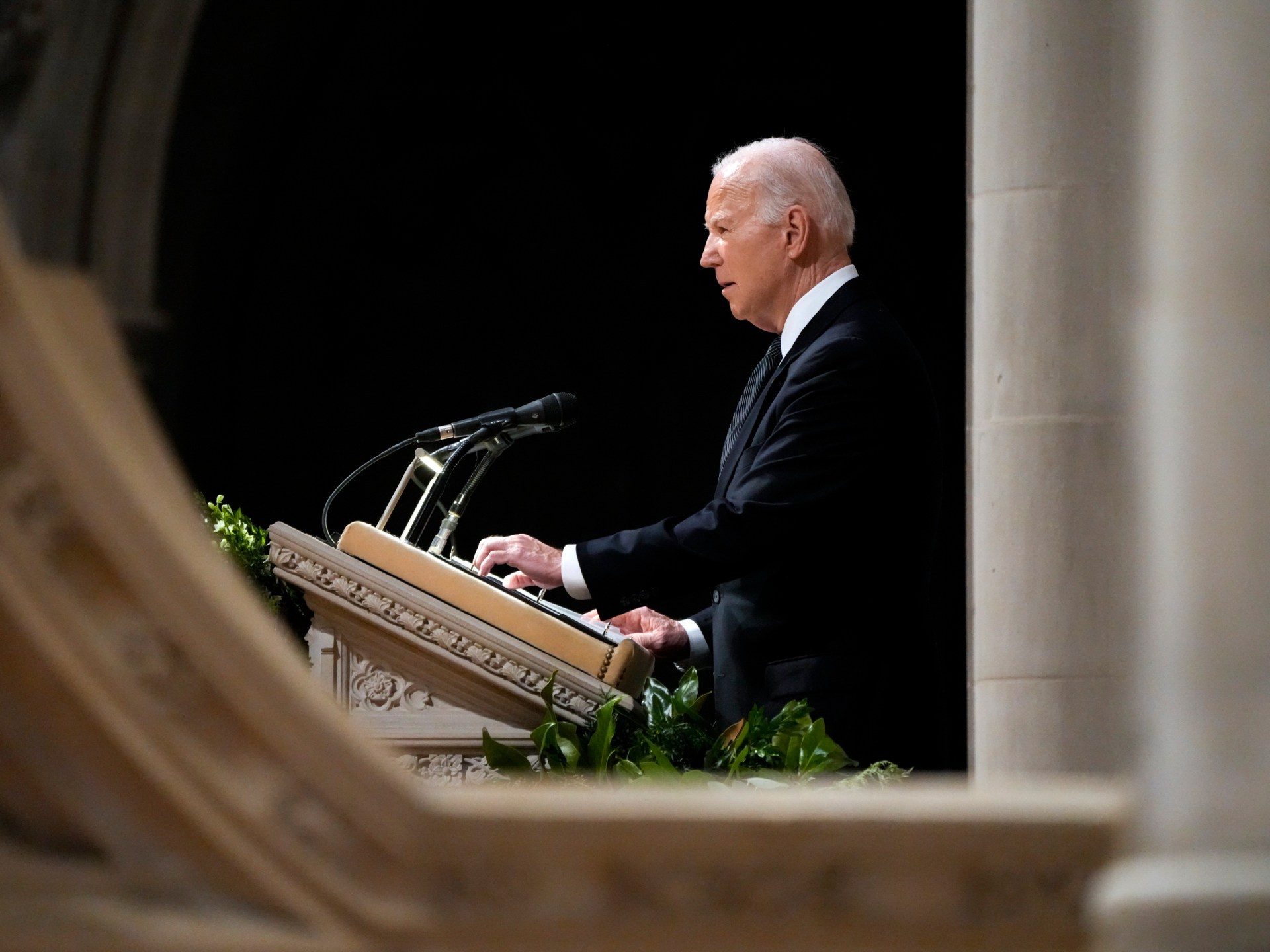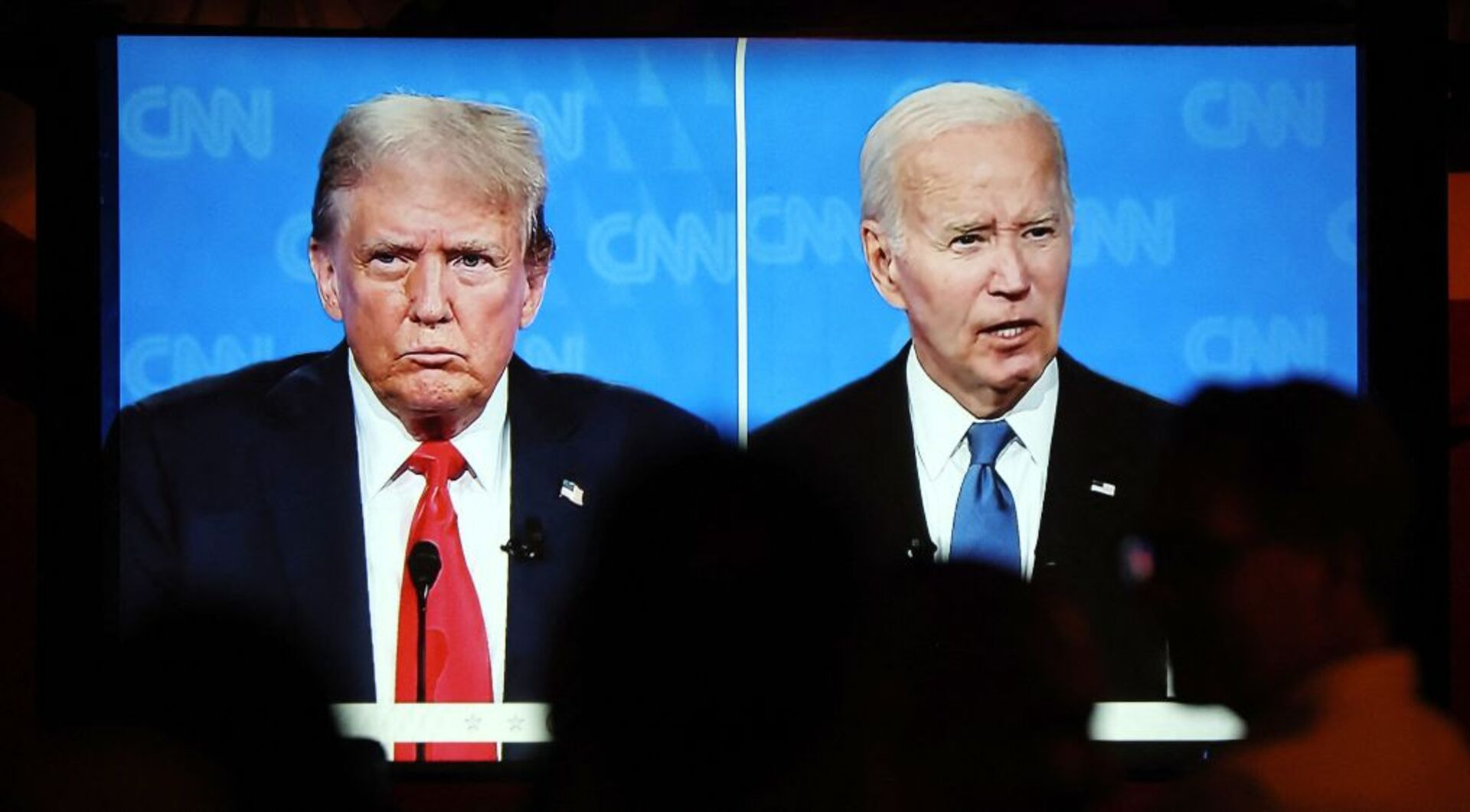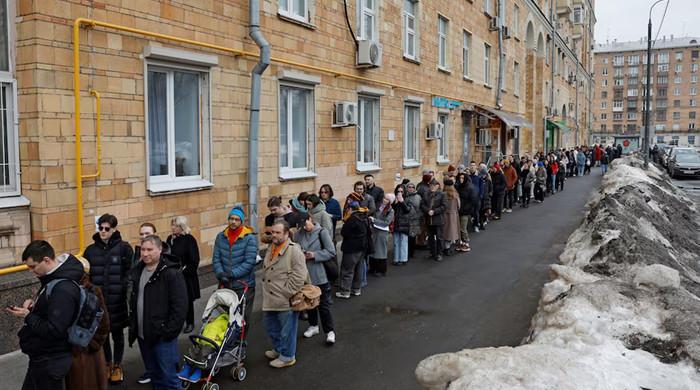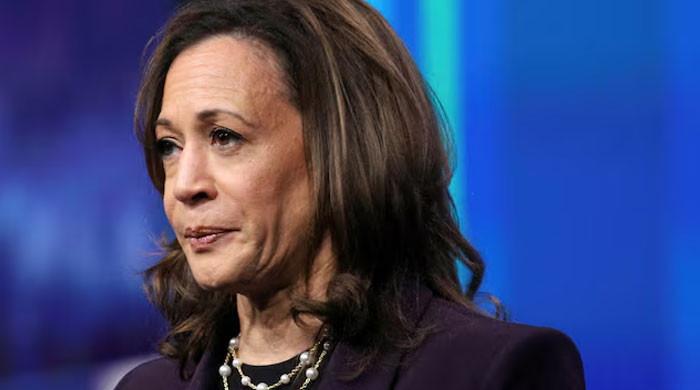The tale of kidnapping, backroom deals and betrayal that led to two of Mexico's most wanted drug lords being taken into U.S. custody last month has taken another twist.
Now, top Mexican officials say investigators may have falsified evidence in the killing of a politician on the same day that drug lords Ismael “El Mayo” Zambada and Joaquín Guzmán López were arrested. Those federal officials are demanding answers from Sinaloa state prosecutors about why they allowed the slain politician’s body to be incinerated, as well as other oddities in the handling of the case.
And Mexico's president is struggling to explain how a close political ally — Sinaloa Governor Rubén Rocha Moya — became embroiled in the growing scandal.
Mexican President Andrés Manuel López Obrador meets with his security cabinet at the National Palace in Mexico City on August 2.
(Fernando Llano/Associated Press)
President Andrés Manuel López Obrador told reporters on Friday that there have been “contradictions… from the beginning” and that “there are things that don’t add up.”
Sinaloa Attorney General Sara Bruna Quiñónez Estrada resigned the same day under pressure from Mexico's attorney general.
It was a written statement last week by Zambada, now jailed in the United States, that increased the pressure on Mexican authorities to explain what happened.
Zambada, 76, wrote that Guzmán López, his 38-year-old godson, had invited him to a meeting on July 25 outside the Sinaloa capital, Culiacán, to help resolve a dispute between Rocha and another Sinaloa politician, Héctor Melesio Cuén Ojeda, but that it turned out to be a ruse.
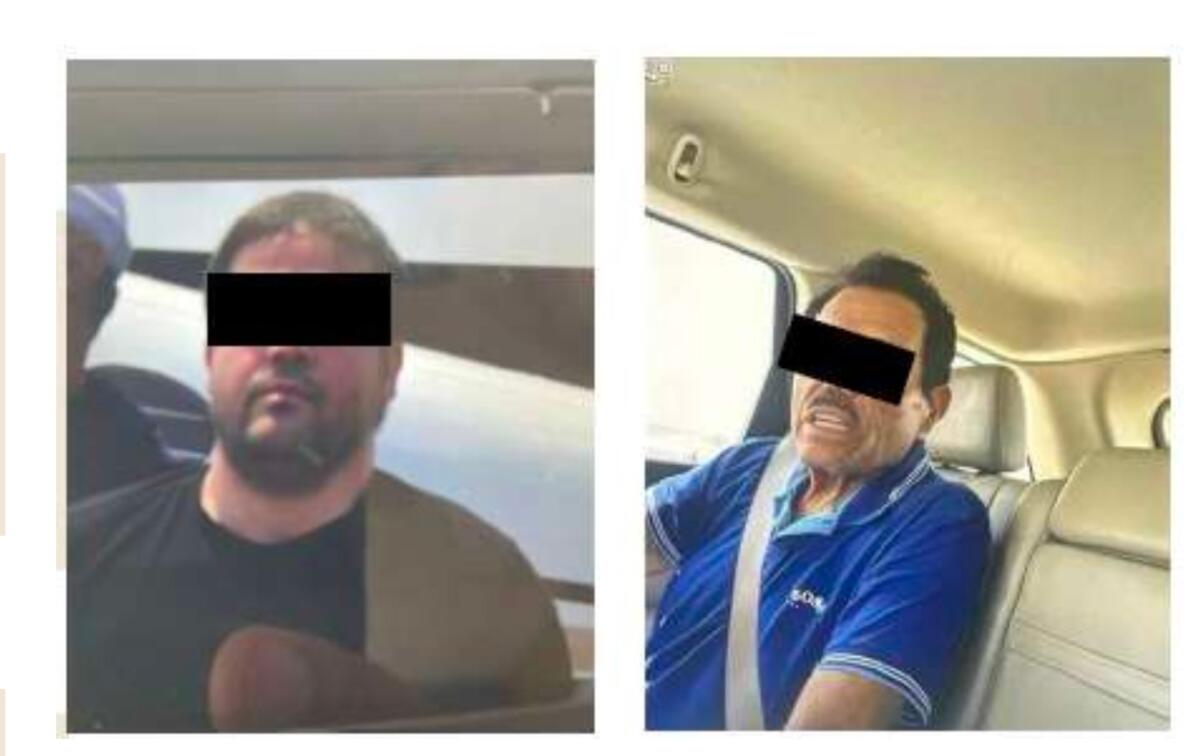
Joaquin Guzman Lopez, left, son of the Sinaloa cartel leader known as “El Chapo,” and former cartel boss Ismael “El Mayo” Zambada in partially redacted photos released by the Mexican government following their arrests July 25 in El Paso.
(Government of Mexico)
Zambada said Guzman Lopez and his men ambushed him, tied him up, drove him in a vehicle and put him on a plane to the United States against his will. Guzman Lopez, he said, tied him to a seat for the entire flight to a small airport near El Paso, where both were arrested upon landing.
Cuén, a former mayor of Culiacán and leader of his own political party, was shot dead during the kidnapping, according to Zambada.
By contrast, Sinaloa investigators concluded that Cuén was shot to death during an attempted robbery at a gas station, an account that Mexico's attorney general, Alejandro Gertz Manero, has cast doubt on.
Security footage released by state authorities shows Cuén’s truck pulling into a gas station on the night of Zambada’s arrest. As an employee begins loading fuel, two men on a motorcycle approach the passenger side and one of them briefly approaches the interior after opening the door. The truck and motorcycle then speed away.
Among the many inconsistencies pointed out by the attorney general, Sinaloa prosecutors said Cuén's body had four gunshot wounds, while surveillance footage from the gas station, which was made public without sound, showed only one gunshot. Three gas station employees said they heard no gunshots.
Federal authorities said Sinaloa investigators violated standard protocol for homicide investigations by allowing Cuen's remains to be cremated and failing to process evidence from the crime scene in the truck or the gas station.
Mexico City officials noticed blood in the back of the truck that local investigators left unexplained, along with an apparent blow to the head that Cuén had suffered despite there being no indication of a physical struggle on security footage.
Rocha, for his part, has denied having attended a meeting with the bosses or Cuén and has said that he knew nothing about the incident.
The governor, a member of the president’s Morena party, has also denied any links to drug trafficking. He considers himself a victim of “stigma” for being from Badiraguato, the birthplace of many prominent cartel leaders, including Joaquín “El Chapo” Guzmán Loera, who co-founded the Sinaloa cartel with Zambada and is serving a life sentence in the United States.
After El Chapo's arrest, his sons, including Guzmán López, formed their own faction of the cartel — Los Chapitos — and cracks began to form in the former alliance with Zambada.
Federal officials in Mexico said they were surprised when Zambada and Guzman Lopez were taken into custody in the United States and demanded that the Justice Department hand over details, including the history of the plane, its flight path and the identity of the pilot.
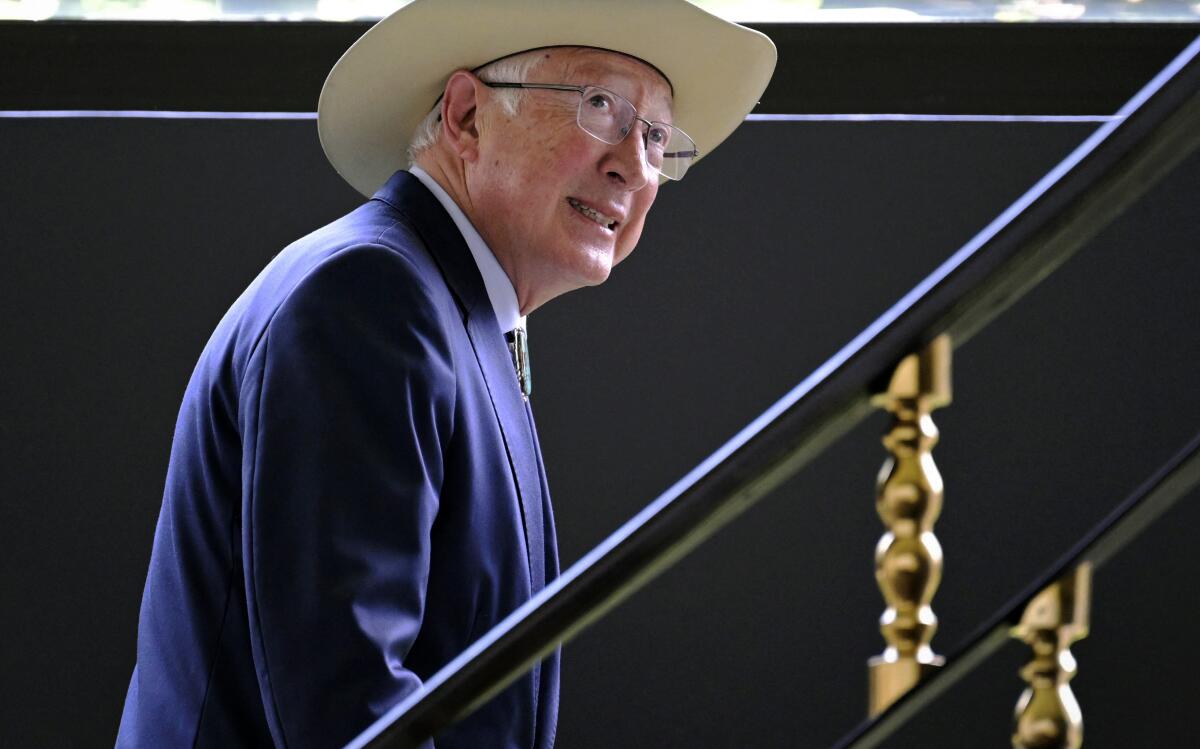
U.S. Ambassador to Mexico Ken Salazar arrives for a news conference in Mexico City on Friday.
(Alfredo Estrella/AFP via Getty Images)
The U.S. ambassador to Mexico City, Ken Salazar, has said the plane was not a U.S. government aircraft and that no flight plan had been filed in advance. The pilot was not a U.S. citizen and was not employed or contracted by the United States, the ambassador told reporters.
Last week, federal prosecutors in El Paso requested that Zambada be transferred to Brooklyn, where an indictment filed in February accuses him of manufacturing illicit fentanyl and trafficking it into the United States.
If a judge approves the move, Zambada's case would likely be heard before the same court that handled the 2019 trial of his former associate, El Chapo.
The Brooklyn courtroom is familiar territory for the Zambada family. El Mayo’s brother, Jesus “El Rey” Zambada, and his eldest son, Vicente Zambada Niebla, testified against El Chapo, along with other former high-ranking cartel members who could also serve as prosecution witnesses if another trial is held.
Mexican authorities have alleged that Guzman Lopez and his brother Ovidio, also detained in the United States and charged with federal crimes, formed a “pact” to hand over Zambada in hopes of receiving clemency. The Justice Department has declined to comment on their cases, and the brothers’ lawyer has repeatedly denied any cooperation agreements.
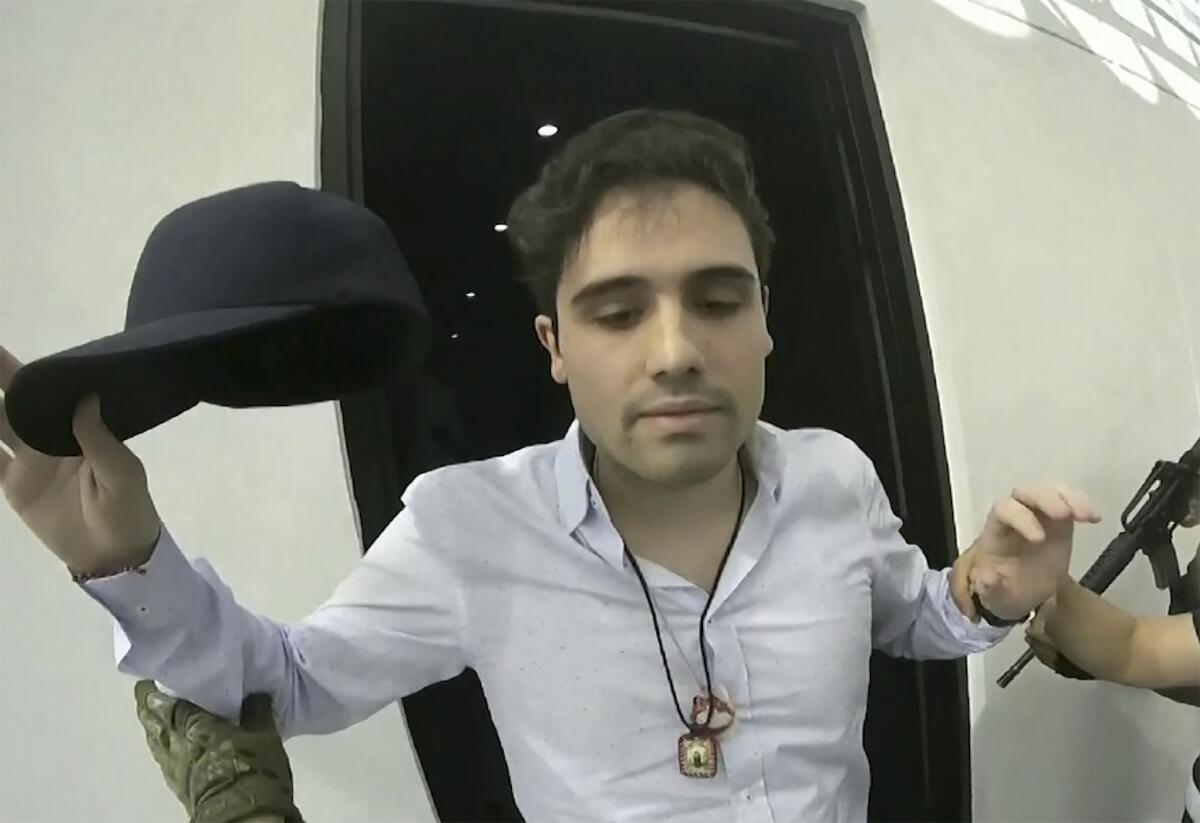
This image from a video provided by the Mexican government shows Ovidio Guzmán López being detained in Culiacán, Mexico, on October 17, 2019.
(CEPROPIE via Associated Press)
Zambada has pleaded not guilty to charges against him in El Paso, including drug trafficking and murder while running a “continuing criminal enterprise.” That crime carries the death penalty, and prosecutors said in their request to transfer Zambada to Brooklyn that he could be returned to Texas to face charges there.
Meanwhile, in Zambada's stronghold of Culiacan, the Mexican military has deployed soldiers to keep the peace amid fears of violence or all-out war as various factions of the Sinaloa cartel compete to fill a power vacuum.
Local news site Ríodoce reported that two cartel figures, known as “El Vampi” and “El Tocino,” were shot dead last week inside a Jeep in the town of La Campana, Sinaloa, as they were leaving a funeral.
El Vampi was an alleged ally of Zambada and his sons. A photograph circulating on the Internet after his murder showed him sometime before 2011 alongside Zambada Niebla and his half-brother Ismael Zambada Imperial, who are in the United States after being captured, extradited and convicted of federal charges.
Another person in the photo, Eliseo Imperial Castro, a high-ranking cartel member known as “Cheyo Antrax,” was shot dead in Culiacán in late May.
On Saturday, Sinaloa media reported that Martin Garcia Corrales — a suspected fentanyl trafficker for whom U.S. authorities had offered a $4 million reward — was one of three men found shot to death in the town of Elota, south of Culiacan. The U.S. State Department described Garcia Corrales as a high-ranking member of the Sinaloa cartel.
McDonnell and Linthicum reported from Mexico City, Hamilton from San Francisco. Special correspondent Cecilia Sanchez Vidal contributed to this report.

